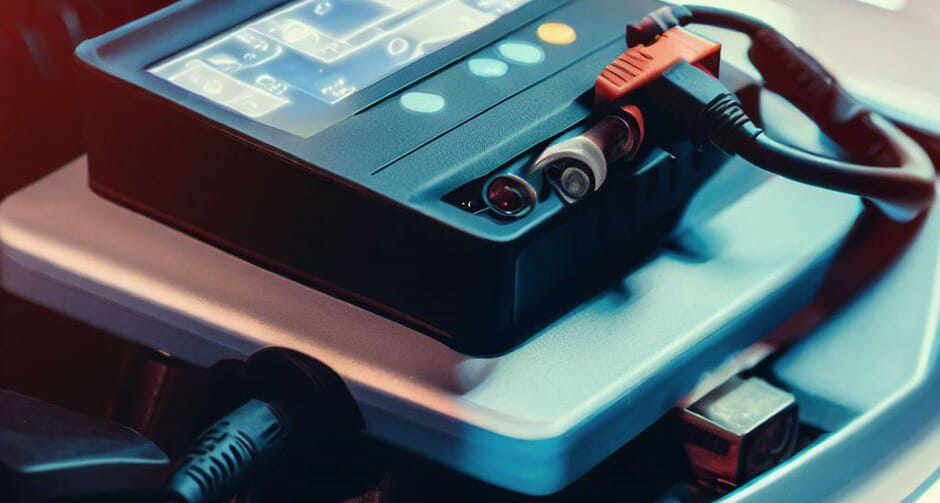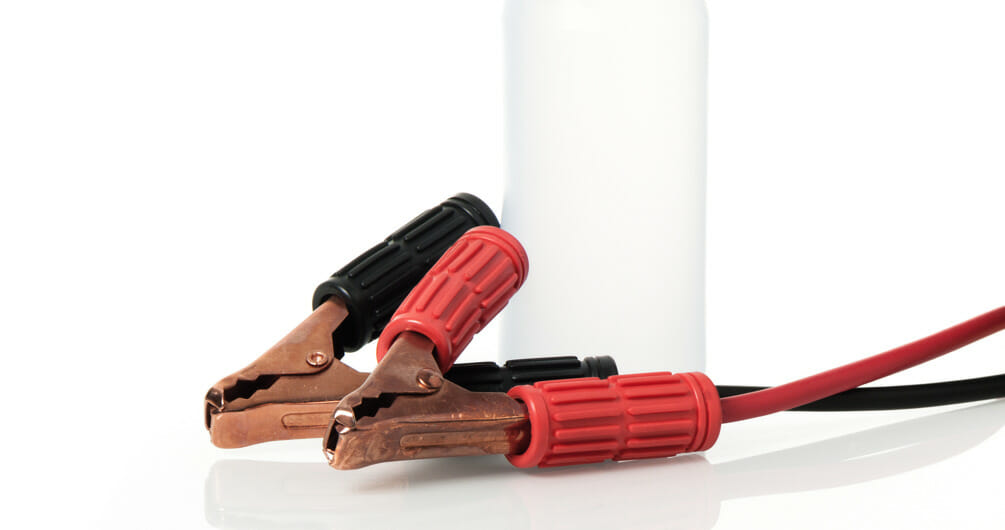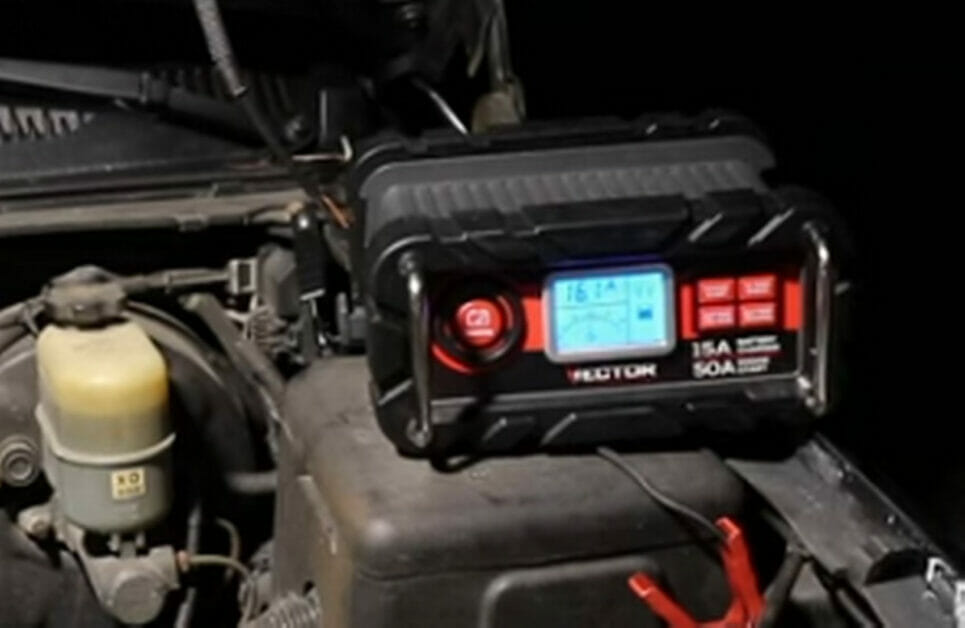How Long Does it Take to Recondition a Battery?

How long it will take to recondition a battery depends on whether you do it manually or using a smart charger. Then various other factors come into play. You will also have to recharge the battery to its full capacity, which should be considered part of the process.
Manually reconditioning a battery might take around 34 to 48 hours, whereas you can usually recondition it using a smart charger within 24 to 36 hours.
I will briefly outline the two methods, so you can see what’s involved and understand why it would take this long.
Reconditioning a Battery
Reconditioning a battery makes it usable again, which will extend its lifespan.
A typical lead-acid battery has a lifespan of around 2-3 years, up to 4-5 years if well-maintained. But you can extend it to this much by reconditioning it up to about three times if it develops issues sooner.
The battery can be reconditioned if it is in good physical condition. The biggest problem is sulfation on the lead plates, and the main causes are deep and irregular discharging and overcharging.
Time to Recondition a Battery
If reconditioning a battery manually, the reconditioning phase alone might take about 10 to 12 hours.
You must allow the new electrolyte mixture to settle for around 8 hours during this time. Then, you will need around 24 to 36 hours extra to recharge the battery to its full capacity.
If using a smart charger to recondition a battery, the entire process, from desulfation to attaining a full charge, takes approximately 24 to 36 hours.
The exact time it will take depends on the battery’s initial voltage, its condition and age, and the quality of the smart charger used. Generally, it will take longer, i.e., the upper end of this interval (30-36 hours), if the battery is heavily sulfated and deeply discharged. It will take a shorter time (around 20-28 hours) if the battery is less sulfated and not deeply discharged.
Ways of Reconditioning a Battery
You can manually recondition a battery or use a smart charger to handle the process electronically.
Whichever method you choose, the whole process also includes recharging the battery to its full capacity.
Manual Process

It would be best if you made your battery acid to recondition a weak or old battery manually. As long as you can obtain sulfuric acid, it’s not a difficult process, but you must be extremely careful handling it.
The manual process involves emptying the battery’s cells, dissolving sulfuric acid in the water, keeping the acid-to-water ratio between 1:4 and 2:3 (20-40% sulfuric acid), depending on how much gravity you need, stirring the mixture, allowing it to settle, then refilling the battery’s cells.
The subsequent charging can be done using either a regular or smart charger.

Using a Smart Charger
A smart charger sends short bursts of high-powered electrical pulses to the battery to disintegrate the sulfur crystals on its electrodes.
It then charges the battery to full capacity in several stages by varying the current and monitoring the voltage. This battery reconditioning and recharging process is illustrated below.

The process stops once the battery is fully charged, so the time for float charging is not included in the time estimate.

References
Video References
Desi Ideas & Creativity
Markthomasbuilder
